Here’s why Trump’s plan to gut Head Start will hurt you, even if you don’t have kids
Last week, news broke that the Trump administration intends to propose zeroing out Head Start in the upcoming budget. While many people’s immediate concern is rightfully for the hundreds of thousands of children and families whose lives would be upended, attacks on programs that exclusively serve low-income Americans are a popular tactic because that population votes at low rates. In this case, however, the administration has picked an atrocious target: Even setting the immorality of causing so much harm aside, you benefit from Head Start programs whether or not you or anyone you know has ever stepped foot in one. Head Start (and Early Head Start, its companion program for children younger than 3) has enjoyed bipartisan support for almost 60 years and serves multiple functions: Sites provide important opportunities for child development, offer medical screenings for kids, connect families with local resources, and can serve as community hubs. They are also a critical source of free childcare for more than 700,000 families. Who are the 700,000 Head Start families? Who are Head Start families? They consist of many of the people we called “essential” just five years ago: grocery store stockers, home healthcare aides, hospital custodians, even staff in the childcare programs that serve middle- and high-income families. They are rural families; in many rural counties, Head Start is literally the only childcare program around. They are military families; there is even an on-base Head Start at Fort Carson in Colorado Springs. They are agricultural workers who pick the produce that appears in your supermarket; in fact, more than 26,000 children of seasonal farm workers attend a Head Start. Imagine for a moment that Congress goes along with the administration’s proposal. All of these families’ lives will be thrown into chaos. As anyone who has a child can tell you, there’s no abundance of alternative affordable childcare options out there. Instead, people will do what they need to do, sacrificing their well-being along the way: They’ll cut back hours, work laddered shifts, find care of questionable quality that leaves them anxious and distracted. They may even drop out of the labor force altogether. Crippling system already in crisis Indeed, it may be helpful to reframe the headline here as “Trump administration seeks to shutter more than 3,000 childcare programs,” and then to consider just how absurd such an action would be. After all, the childcare shortage in the U.S. is already harming the stability of family life and the economy. President Donald Trump himself declared in 2019, “In more than 60% of American homes, both parents work. Yet many struggle to afford childcare, which often costs more than $10,000 per year. And it’s devastating to families, frankly.” Fewer choices and longer waits What’s more, the 700,000 families who will lose their childcare if Head Start goes away will not simply disappear. Instead, they will be thrust into the failed market for private childcare services, introducing yet more competition for scarce slots and scarce aid dollars. All Head Start families qualify for, but generally do not utilize, childcare subsidies available through a federal block grant program intended to serve both low- and moderate-income families (i.e., those making up to 85% of state median income—around $82,000 for a state like Michigan—or below, though states can and do set their limits lower). That subsidy program is already so underfunded it can reach only one in six eligible households. Take away Head Start, and existing waitlists and enrollment freezes will only get worse. The administration’s ostensible logic for squashing Head Start requires entirely eliding the childcare role Head Start plays. The budget document states, “This elimination is consistent with the Administration’s goal of returning education to the States and increasing parental choice. The Federal government should not be in the business of mandating curriculum, locations, and performance standards for any form of education.” Ignoring for a moment the glaring factual inaccuracies (Head Start merely requires sites to adopt some form of reasonable curriculum, not a specific one, and local agencies or groups apply to get funding for locations where they wish to host Head Start classrooms), this is a feint. There is no commensurate increase of early care and education grants to states being proposed to offset Head Start elimination, so parents will simply have fewer choices. In this respect, the educational content of Head Start is immaterial, and getting drawn into a debate over Head Start’s effectiveness is a distraction. Hypothetically, the administration could apply this exact same reasoning to shutting down the hundreds of schools and child development centers that are run by the Department of Defense, all of which come with curricula and performance standards. But of course they won’t propose that, be

Last week, news broke that the Trump administration intends to propose zeroing out Head Start in the upcoming budget. While many people’s immediate concern is rightfully for the hundreds of thousands of children and families whose lives would be upended, attacks on programs that exclusively serve low-income Americans are a popular tactic because that population votes at low rates.
In this case, however, the administration has picked an atrocious target: Even setting the immorality of causing so much harm aside, you benefit from Head Start programs whether or not you or anyone you know has ever stepped foot in one.
Head Start (and Early Head Start, its companion program for children younger than 3) has enjoyed bipartisan support for almost 60 years and serves multiple functions: Sites provide important opportunities for child development, offer medical screenings for kids, connect families with local resources, and can serve as community hubs. They are also a critical source of free childcare for more than 700,000 families.
Who are the 700,000 Head Start families?
Who are Head Start families? They consist of many of the people we called “essential” just five years ago: grocery store stockers, home healthcare aides, hospital custodians, even staff in the childcare programs that serve middle- and high-income families. They are rural families; in many rural counties, Head Start is literally the only childcare program around. They are military families; there is even an on-base Head Start at Fort Carson in Colorado Springs. They are agricultural workers who pick the produce that appears in your supermarket; in fact, more than 26,000 children of seasonal farm workers attend a Head Start.
Imagine for a moment that Congress goes along with the administration’s proposal. All of these families’ lives will be thrown into chaos. As anyone who has a child can tell you, there’s no abundance of alternative affordable childcare options out there. Instead, people will do what they need to do, sacrificing their well-being along the way: They’ll cut back hours, work laddered shifts, find care of questionable quality that leaves them anxious and distracted. They may even drop out of the labor force altogether.
Crippling system already in crisis
Indeed, it may be helpful to reframe the headline here as “Trump administration seeks to shutter more than 3,000 childcare programs,” and then to consider just how absurd such an action would be. After all, the childcare shortage in the U.S. is already harming the stability of family life and the economy.
President Donald Trump himself declared in 2019, “In more than 60% of American homes, both parents work. Yet many struggle to afford childcare, which often costs more than $10,000 per year. And it’s devastating to families, frankly.”
Fewer choices and longer waits
What’s more, the 700,000 families who will lose their childcare if Head Start goes away will not simply disappear. Instead, they will be thrust into the failed market for private childcare services, introducing yet more competition for scarce slots and scarce aid dollars.
All Head Start families qualify for, but generally do not utilize, childcare subsidies available through a federal block grant program intended to serve both low- and moderate-income families (i.e., those making up to 85% of state median income—around $82,000 for a state like Michigan—or below, though states can and do set their limits lower). That subsidy program is already so underfunded it can reach only one in six eligible households. Take away Head Start, and existing waitlists and enrollment freezes will only get worse.
The administration’s ostensible logic for squashing Head Start requires entirely eliding the childcare role Head Start plays. The budget document states, “This elimination is consistent with the Administration’s goal of returning education to the States and increasing parental choice. The Federal government should not be in the business of mandating curriculum, locations, and performance standards for any form of education.”
Ignoring for a moment the glaring factual inaccuracies (Head Start merely requires sites to adopt some form of reasonable curriculum, not a specific one, and local agencies or groups apply to get funding for locations where they wish to host Head Start classrooms), this is a feint.
There is no commensurate increase of early care and education grants to states being proposed to offset Head Start elimination, so parents will simply have fewer choices. In this respect, the educational content of Head Start is immaterial, and getting drawn into a debate over Head Start’s effectiveness is a distraction.
Hypothetically, the administration could apply this exact same reasoning to shutting down the hundreds of schools and child development centers that are run by the Department of Defense, all of which come with curricula and performance standards. But of course they won’t propose that, because while some military families are struggling due to administration policies, such a large-scale cut would leave tens of thousands of service members with no access to care.
Head Start is not a perfect program. There is a worthwhile conversation to be had about how Head Start may need to evolve if and when the nation moves toward a more comprehensive family policy that includes universal childcare and early learning alongside structural reforms that break down barriers keeping families in poverty.
But this is not, in the end, really about Head Start itself. If America is to be strong and prosperous in an uncertain era, the well-being of American families must be placed front and center. There is no American family—and therefore no American business—that would be untouched by the ripple effects of abruptly gutting Head Start, and doing so would set the country on course for a future marked by yet more scarcity. The administration must turn back.




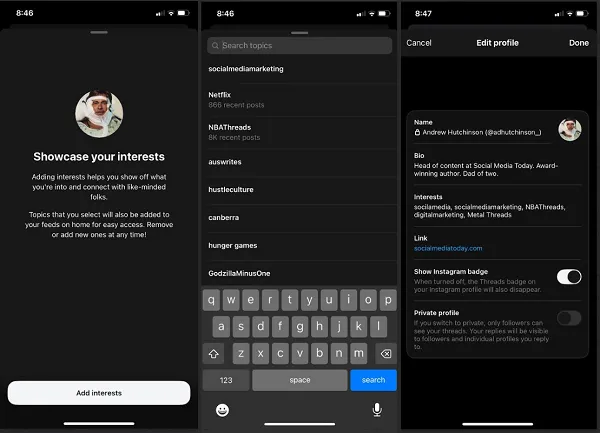
![Which Countries Have Invested the Most into AI Development [Infographic]](https://imgproxy.divecdn.com/qnTgGmUnhhtyx1NChJZ7bBc4fHuHc9BC8NoXo_nBWUE/g:ce/rs:fit:770:435/Z3M6Ly9kaXZlc2l0ZS1zdG9yYWdlL2RpdmVpbWFnZS9haV9pbnZlc3RtZW50X2luZm8yLnBuZw==.webp)
![A Guide to Reels Ads [Infographic]](https://imgproxy.divecdn.com/wCamrSuvp9Nam-KS-7Pv-nJcB4YAXduCWWHpdZBsVpY/g:ce/rs:fit:770:435/Z3M6Ly9kaXZlc2l0ZS1zdG9yYWdlL2RpdmVpbWFnZS9yZWVsc19hZHNfaW5mbzIucG5n.webp)

































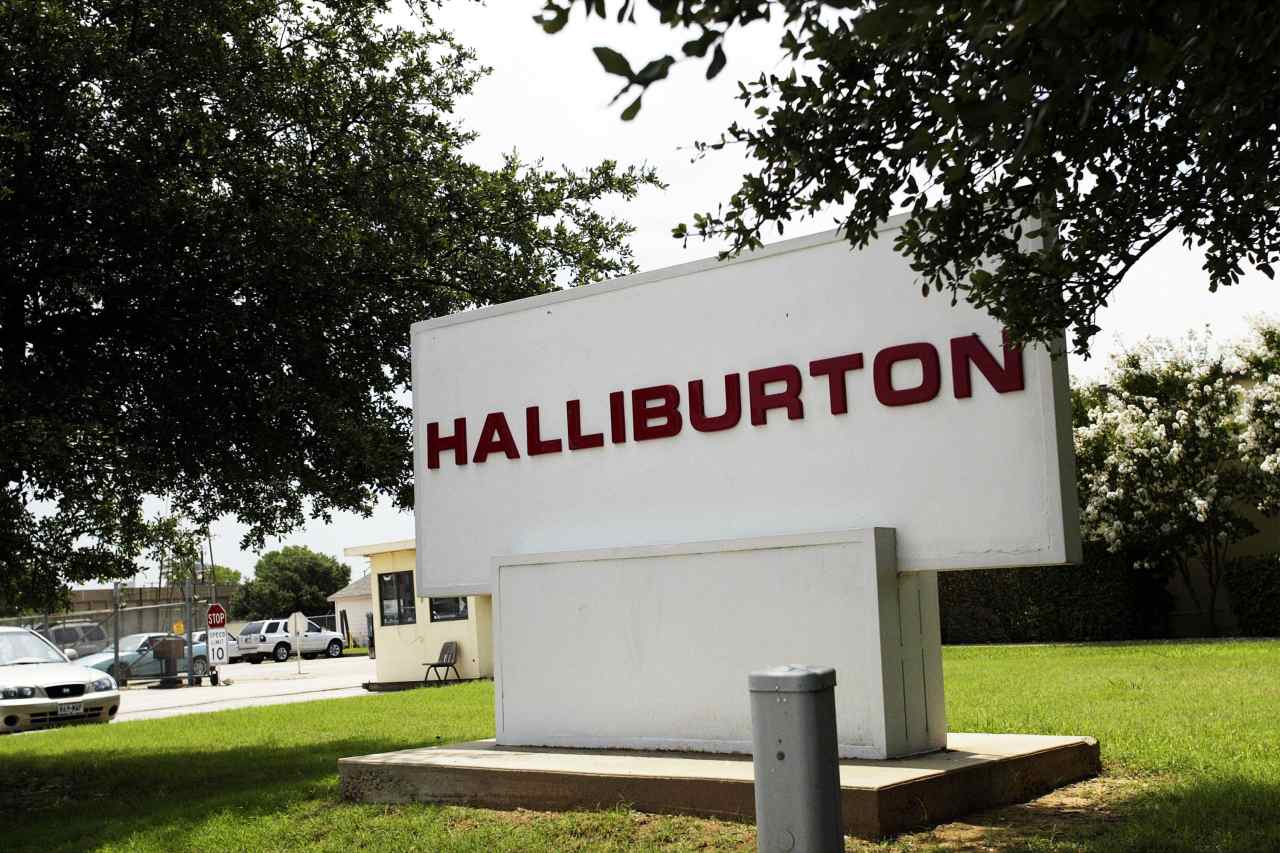
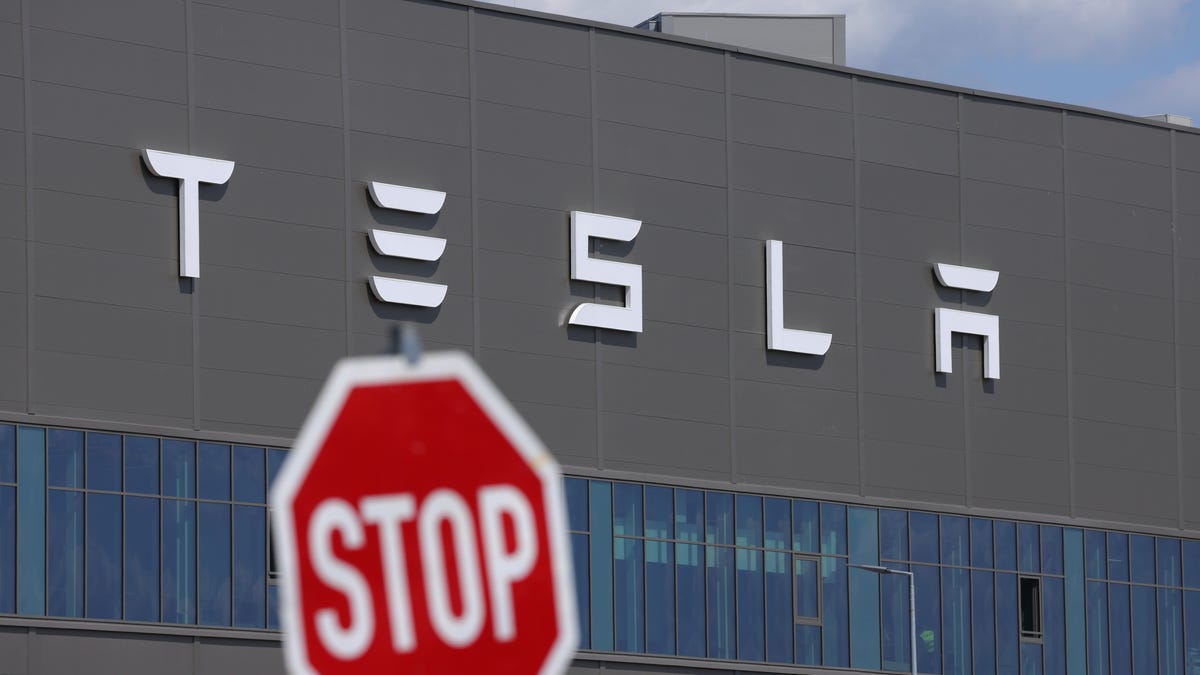







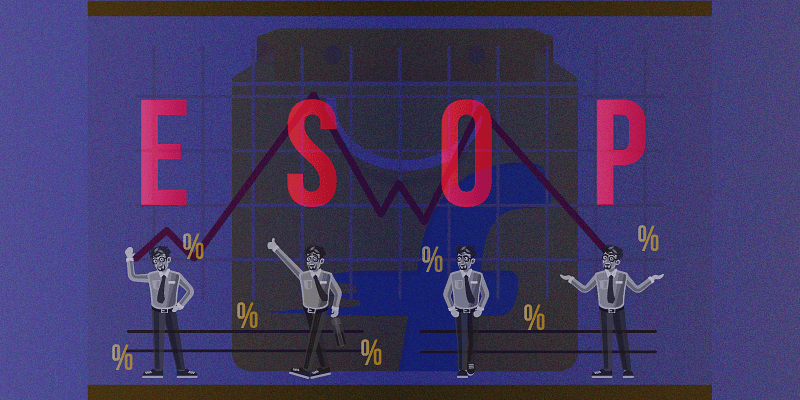































































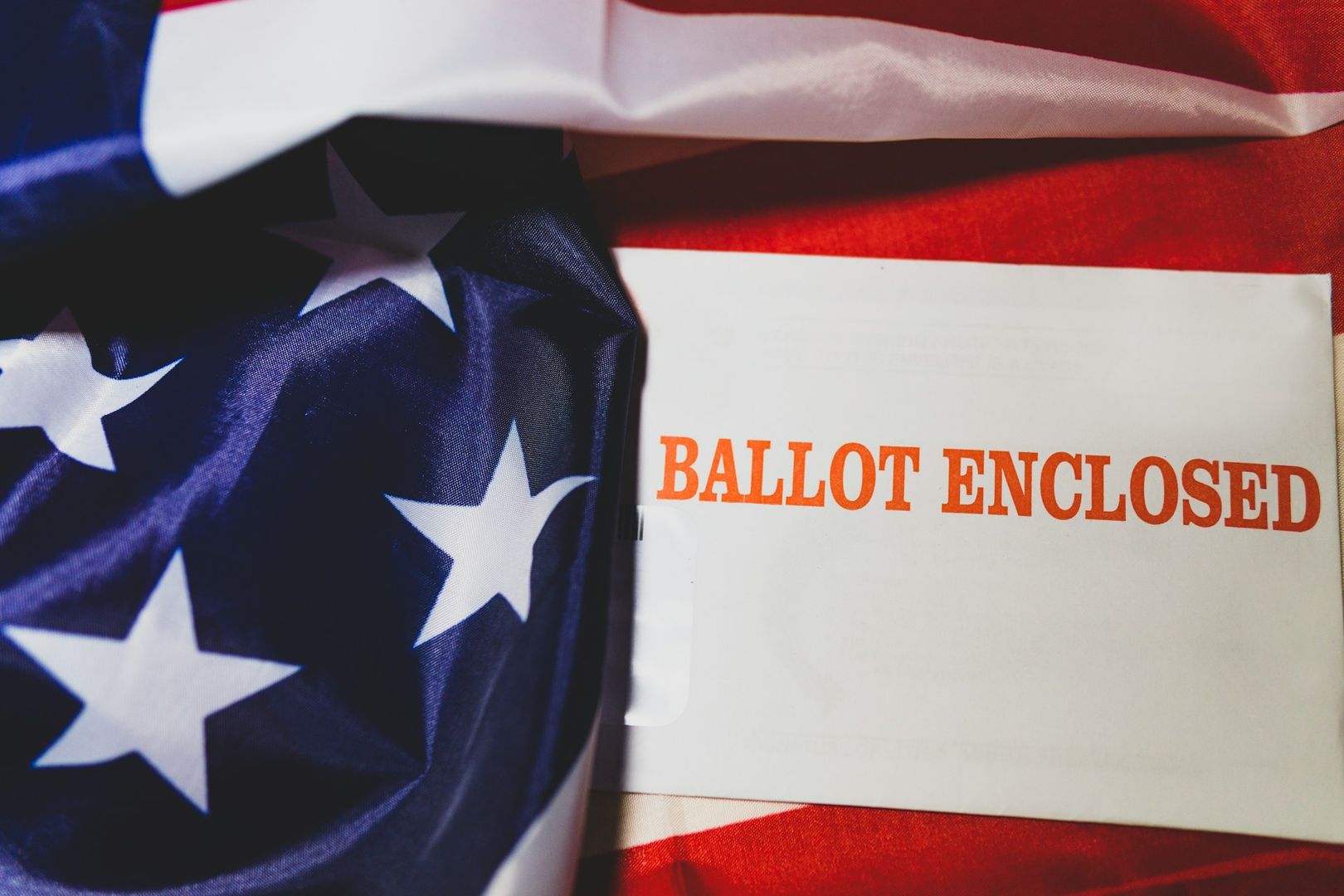













































































![How to Find Low-Competition Keywords with Semrush [Super Easy]](https://static.semrush.com/blog/uploads/media/73/62/7362f16fb9e460b6d58ccc09b4a048b6/how-to-find-low-competition-keywords-sm.png)
